Analysis of the Israel Attack on Iran: Biblical and Numerical Insights
Arphaschad
6/14/20259 min read
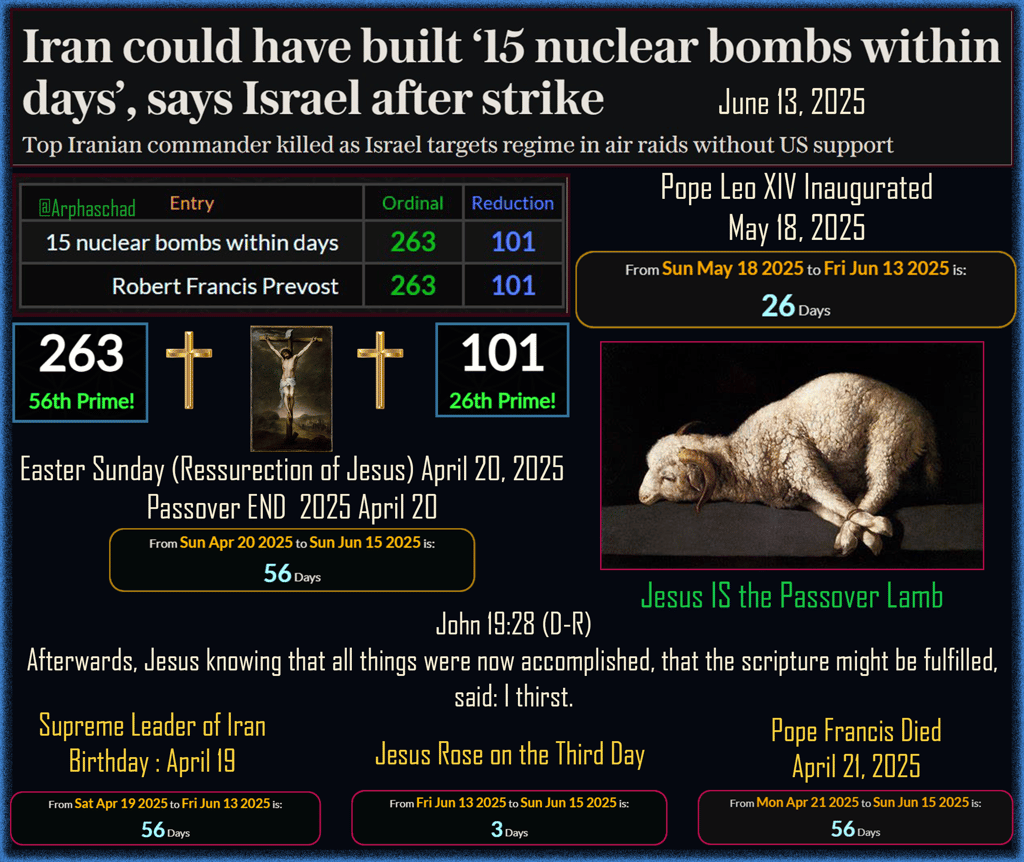

On June 13, 2025, Israeli forces conducted a series of airstrikes aimed at several key military sites within Iranian territory.
The Airstrikes are Called "Operation Rising Lion"
Pope Leo Became Pope May 8, 2025 after the Death of Pope Francis.
Leo means Lion.
Robert Francis Prevost is Pope Leo XIV.
For the Detail of the Passover - See Description later .
On June 13, 2023, tensions in the Middle East escalated dramatically when Israel launched a surprise attack on key Iranian military installations. The operation began at approximately 3:00 AM local time, as precision airstrikes targeted facilities believed to be involved in the development of Iran's nuclear program as well as advanced weaponry production sites. The Israeli Defense Forces (IDF) executed the strikes with the intent to cripple Iran’s military capabilities and prevent what they perceived as an imminent threat.
Reports indicate that the strikes were meticulously planned, utilizing intelligence gathered over months. Israeli officials stated that the targeted sites were chosen based on their significance to Iran's military infrastructure and potential nuclear ambitions. Although the full scale of the damage is still being assessed, initial evaluations suggest that several key facilities were severely impacted, leading to significant casualties among Iranian military personnel.
In response to the Israeli attacks, the Iranian government convened an emergency session at dawn the same day. By 9:30 AM, Iran's Supreme Leader and military commanders announced their retaliation plans to the public, vowing to respond decisively to what they termed a "cowardly act of aggression." Iranian officials emphasized that they would not tolerate attacks on their sovereignty and would take measures to ensure their national security.
Just hours later, at approximately 1:00 PM, Iranian forces launched a counter-strike targeting Israeli military assets in the Golan Heights. This operation involved a series of missile launches aimed at military installations, which Iran claimed were directly associated with the IDF’s operations. Reports suggest that the missiles successfully hit several targets, resulting in casualties and damage to infrastructure.
By the evening of June 13, the situation had become increasingly volatile. As news of the attacks and counterattacks spread, regional tensions rose, with neighboring countries expressing growing concerns about the potential for a wider conflict. The U.N. Security Council convened an emergency meeting, urging both parties to de-escalate the situation and to engage in dialogue to avoid further escalation.
Throughout June 14, both Israeli and Iranian forces maintained heightened alert levels, preparing for immediate responses to any further aggression. International analysts monitored the situation closely, predicting that the events of June 13 could lead to a reconfiguration of alliances and possibly broader military engagements in the region.
As the week progressed, various international leaders called for calm, but the conflict between Israel and Iran remained a focal point of concern, highlighting the fragile state of peace in the Middle East amidst an already complex geopolitical landscape.





































Key Dates and Anniversaries :
Pearl Harbour : 12/7 [1941] (December 7)
The Vigil of the Immaculate Conception : December 7
The Immaculate Conception : December 8
Sukkot 2025 : October 6
Sukkot 2023 Ended October 6.
Feast of Our Lady Star of the Sea : September 27
Also Papal Approval of the Society of Jesus [1540]
Feast of Christ the King : November 24, 2024.
Feast of Trumpets 2025 : September 22.
Hamas Attack on Israel October 7, 2023
This was the Day after Sukkot, 2023.
Virgin Mary Birthday : September 8
Vigil of the Assumption : August 14
The Assumption : August 15
Also Society of Jesus Foundation Date.
Pope Francis Birthday : December 17.
The Grand Ayatollah Sayyid Ali Khamenei Birthday : April 19
Pope Francis Died April 21, 2025
Easter Sunday : April 20, 2025
Passover End : April 20, 2025
Pope Leo XIV Inaugurated : May 18, 2025
Modern Israel founded : May 14 [1948]
Date span calculations can be with or without End Date.
June 13, 2025 was Friday , The Islamic Sabbath.
Followed by June 14th, the Jewish Sabbath,
Which is Donald Trump's 79th Birthday,
Followed by June 15th, The Christian Sabbath.
December 7, 2024 : Vigil of the Immaculate Conception
Anniversary of Pearl Harbour
Pope Francis was the 266th Pope
He died age 88
On December 17, 2025 he would have turned 89.
26 Weeks 6 Days is the end of 26 Weeks i.e goes to 27.
Shavuot 2025 was on June 2
2/6 or written 6/2
26 + 62 = 88
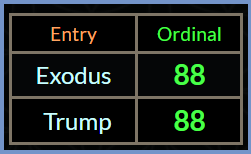

Donald Trump Birthday : June 14
Virgin Mary Birthday September 8
Feast of Christ the King : November 24, 2024
26 + 62 = 88


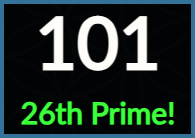

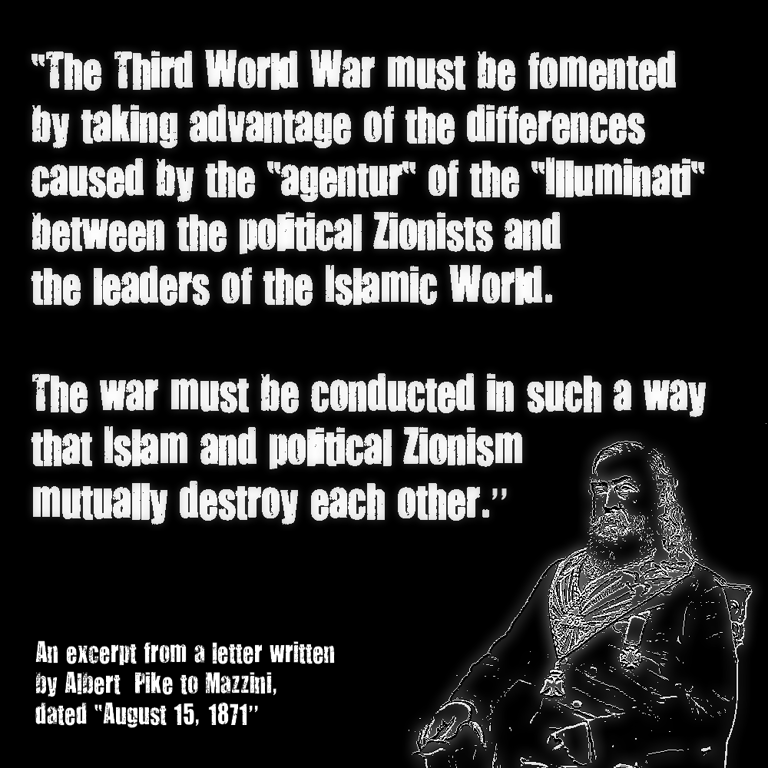

The Letter by Albert Pike above , a 33rd Degree Freemason
is dated August 15th - the Assumption of Mary the Mother of Jesus
and the Date of the Foundation of the Society of Jesus (1534).
Papal Approval was on the Feast of Our Lady Star of the Sea
September 27 (1540)
260 is the Number of Chapters in the New Testament.
Again coding 26 [with a zero]
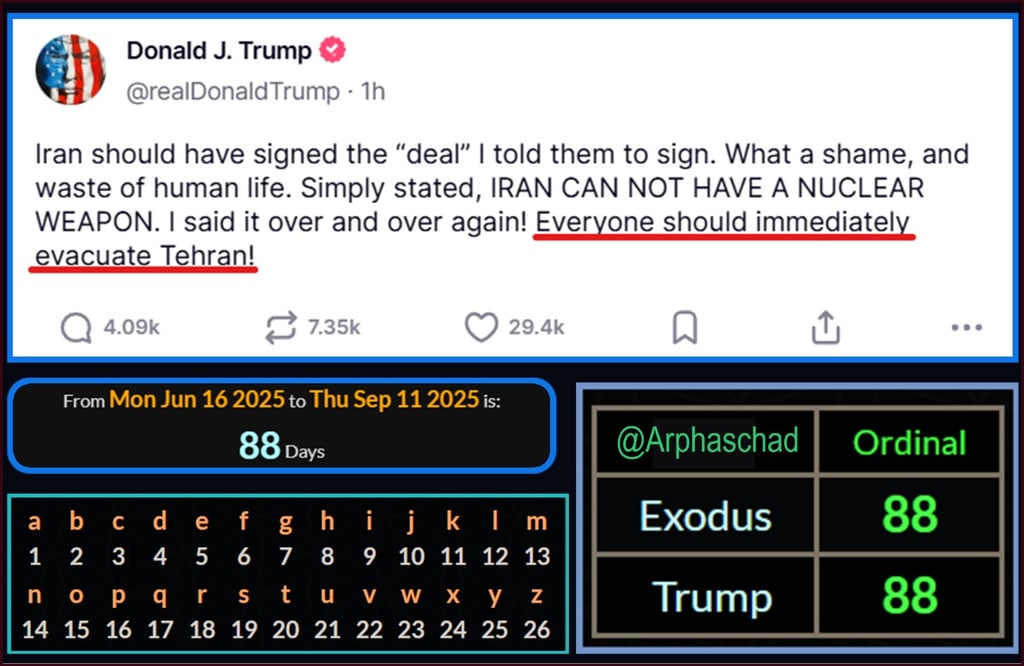


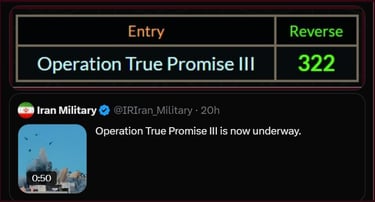


Ramadan 2025 started February 28
This commemorates the receiving of the Q'uran to Muhammad
322 is the Number of the Skull 'n Bones Secret Society with Logo Below:
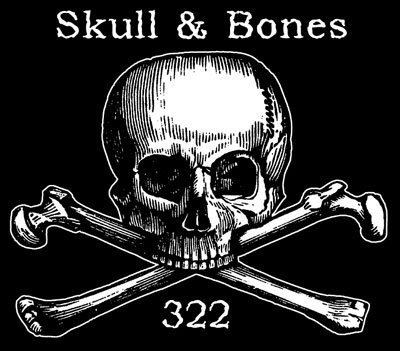

The concept of Jesus as the "Passover Lamb" and the idea that he "took the fourth cup of the Passover meal on the cross" are deeply rooted in Christian theology, particularly within Catholic and some Protestant traditions. These ideas draw from biblical narratives, Jewish Passover traditions, and typological interpretations of Scripture. Below is a concise explanation of both concepts:
Jesus as the Passover Lamb
In Christian theology, Jesus is often referred to as the "Passover Lamb" because his death is seen as fulfilling and surpassing the sacrificial lamb of the Jewish Passover, which commemorates the Israelites' liberation from Egypt (Exodus 12). Here’s why:
The Passover Lamb in the Old Testament:
In the Book of Exodus, God instructed the Israelites to sacrifice an unblemished lamb and smear its blood on their doorposts to protect them from the Angel of Death during the tenth plague (Exodus 12:1-13). The lamb’s sacrifice ensured the Israelites’ salvation and freedom from slavery.
The lamb was a symbol of innocence, purity (unblemished), and substitutionary sacrifice, as its death spared the firstborn of Israel.
Jesus as the Fulfillment:
In the New Testament, Jesus is explicitly called "our Passover Lamb" (1 Corinthians 5:7). His crucifixion, which occurred around the time of Passover (John 19:14), is seen as a sacrificial offering for humanity’s sins, paralleling the Passover lamb’s role in averting death.
Like the Passover lamb, Jesus is described as sinless (unblemished; Hebrews 4:15) and his death is believed to deliver humanity from the slavery of sin and death (Romans 6:6-7).
The Gospel of John emphasizes this connection by noting that Jesus’ bones were not broken during the crucifixion (John 19:36), fulfilling the requirement for the Passover lamb (Exodus 12:46).
Theological Significance:
Jesus’ death is the ultimate sacrifice, replacing the need for ongoing animal sacrifices in the Jewish tradition. His blood, like the lamb’s, is seen as a sign of salvation, protecting believers from spiritual death and securing eternal life (John 1:29, Revelation 5:6).
The Fourth Cup of the Passover Meal on the Cross
The idea that Jesus "took the fourth cup of the Passover meal on the cross" comes from a theological interpretation, popularized by scholars like Dr. Scott Hahn, that connects the Last Supper (a Passover meal) with Jesus’ crucifixion. This theory is based on the structure of the Jewish Passover Seder and specific details in the Gospel accounts. Here’s the explanation:
The Passover Seder and the Four Cups:
The Jewish Passover meal (Seder) traditionally involves drinking four cups of wine, each corresponding to a promise of God’s redemption in Exodus 6:6-7: (1) "I will bring you out" (Cup of Sanctification), (2) "I will deliver you" (Cup of Deliverance), (3) "I will redeem you" (Cup of Redemption), and (4) "I will take you as my people" (Cup of Praise or Consummation).
These cups are consumed at specific points during the Seder, with the third cup (Redemption) typically drunk after the meal and the fourth cup (Praise/Consummation) at the end, often accompanied by the singing of the Hallel Psalms (Psalms 113-118).
The Last Supper and the Missing Fourth Cup:
The Last Supper, described in the Synoptic Gospels (Matthew 26:17-30, Mark 14:12-26, Luke 22:7-20), is identified as a Passover meal. During this meal, Jesus instituted the Eucharist, saying the bread was his body and the wine (likely the third cup, the Cup of Redemption) was his blood (Matthew 26:26-28).
However, the Gospels note that after the third cup, Jesus and his disciples sang a hymn (likely the Hallel Psalms) and left for the Mount of Olives (Matthew 26:30, Mark 14:26). Notably, the Gospel accounts do not mention the fourth cup, which would typically conclude the Passover Seder.
Some scholars suggest Jesus intentionally interrupted the Seder, leaving the fourth cup unconsumed, to complete it in a new way through his Passion.
The Fourth Cup on the Cross:
In John 19:28-30, as Jesus is dying on the cross, he says, “I am thirsty.” He is given a sponge soaked in sour wine (vinegar) on a hyssop branch, drinks it, and then declares, “It is finished,” before dying.
Theologically, some interpret this moment as Jesus symbolically drinking the "fourth cup" of the Passover meal. The sour wine, though not the festive wine of the Seder, is seen as completing the Passover sacrifice Jesus began at the Last Supper. The phrase “It is finished” (John 19:30) is understood as signaling the completion of both the Passover meal and the new covenant sacrifice, fulfilling the fourth cup’s theme of consummation (“I will take you as my people”).
The hyssop branch reinforces the Passover connection, as hyssop was used to apply the Passover lamb’s blood to the doorposts in Exodus 12:22.
Theological Interpretation:
This interpretation sees Jesus’ entire Passion—from the Last Supper to the cross—as a single, continuous Passover sacrifice. The Last Supper initiates the new Passover (the Eucharist), and the crucifixion completes it, with Jesus’ death as the ultimate act of redemption and consummation of God’s covenant with humanity.
The fourth cup represents the fulfillment of God’s promise to make his people his own, achieved through Jesus’ sacrificial death, which establishes the new covenant (Luke 22:20).
Summary
Jesus as the Passover Lamb: Jesus fulfills the role of the Passover lamb by his sinless life and sacrificial death, which delivers humanity from sin and death, just as the Passover lamb’s blood spared the Israelites.
The Fourth Cup: Jesus, having instituted the Eucharist as the new Passover at the Last Supper, leaves the fourth cup unconsumed until the cross. His acceptance of the sour wine and declaration “It is finished” symbolize the completion of the Passover sacrifice, fulfilling the covenant and uniting God’s people to himself.
This interpretation is not universally held but is a compelling theological framework that ties together Jewish Passover traditions and Jesus’ redemptive work.
